No matter how many precautions we take, we can’t always shield ourselves from foot pain. It could be anything from stubbing our big toe on the bed frame or experiencing the soreness that comes from overuse that heals after some rest.
If discomfort is consistent, though, that could signal something worthy of an investigation. Foot pain is more common than you think. Most of us put our feet through a significant amount of stress each day through basic activities like standing and walking. If you live an active lifestyle and love exercising, this is even more true.
A little bit of discomfort happens from time to time, but consistent or extreme discomfort should raise a red flag. Apart from wearing supportive shoes, it’s wise to monitor potential causes of foot pain.
In today's guide, we're going over six common causes of foot pain. From underlying health conditions to simple issues with your shoes, there's a good chance most of us have experienced foot problems at some point.
Let’s review what to look for and how to find footwear that works for you!
1. Your shoes don't fit
The simplest and perhaps most common cause of foot discomfort is wearing shoes that don't fit properly. You’re not alone: 80 percent of men and 88% of women wear incorrectly sized shoes. This issue doesn’t start overnight either, as two-thirds of children aren’t wearing the correct sizes.
Knowing your shoe size is the first step, but not the last. As you try on different shoes from different brands, you quickly learn that size 9 shoes from 10 different companies could fit 10 different ways: some too small, some too big, and some just right.
One common reason your shoes fit might be uncomfortable is that the shoes weren't designed with enough room and flexibility in the toe box. Just because your toes fit in when you try the shoe on doesn't mean they'll be comfortable all day. Room to adjust, stretch, and breathe is an essential factor, especially if you're going to be wearing your shoes for long periods of time.
When your shoes aren’t the right size, it can exasperate other pain-inducing conditions like heel spurs, ingrown toenails, and Morton’s neuroma.
How to find shoes that fit
Though it may seem simple, finding shoes is one of the most critical components of foot care. Measure your foot and compare it to the size guide for whatever designer you’re shopping with.
We all know to measure for length (leaving about a thumb’s distance at the toe). After measuring the length, it’s time to find your ideal shoe width. You might need extra-wide shoes if you have hammertoes, bunions, or are pregnant. Measure foot width at night for the most accurate reading (feet swell and expand over the course of a day).
2. Your shoes are too stiff
Comfort isn't accidental: Shoes need to be intentionally designed with specific comfort features, including outsoles, a soft, flexible upper, padding at critical points of contact, traction pads (reduced stress on stabilizers), and supportive (removable) insoles.
Stiff and rigid dress shoes are a perfect example of how hard shoes can cause issues. The friction between your foot and the rigid body of the shoe causes stress that can result in discomfort, especially after a long day of walking/standing.
Blisters and calluses/corns around the foot can be caused or made worse by hard shoes. If you have sensitive feet due to underlying conditions like arthritis or bunions, rigid shoes may compound the problems. Tight ankle openings can also make putting on or taking off your shoes uncomfortable and can increase friction throughout the day around the heel.
How to find more flexible shoes
Aside from figuring out your shoe size, opt for flexible shoes. Flexibility allows room to move and adjust without risking your shoes slipping off or leaving too much empty space. Look carefully at every part of the shoe and touch each critical point to look for the necessary padding.
Unfortunately, it might be necessary to wear hard shoes in some circumstances. Maybe your workplace has a strict dress code requiring formal dress shoes, or a fancy event all but requires less-than-comfortable high-heels. Maybe your athletic activity of choice requires specific shoes that aren’t particularly comfortable, resulting in mild or severe pain later on.
If switching shoes isn’t an option, consider doubling up on socks. This easy trick adds padding around the sensitive parts of your feet so that they aren’t rubbing up against the hard shoes as much. This only works if you have a slightly roomier fit in your shoes or your shoes have a flexible fit.
3. You need better arch support
If you’re experiencing consistent discomfort, it could be that your shoes don’t provide the proper arch-alignment, also known as your foot shape or foot type.
There are three main foot types as it concerns arch-alignment:
- Neutral-arch (normal feet)
- Low-arch (flat feet)
- High-arch (cavus feet)
For neutral feet, the heel is centrally aligned, the feet point straight, and the arch (the bridge from heel to toe) rises to a medium height. Neutral feet are by far the most common, and most shoes are designed with this foot type in mind.
Flat-footed (low-arch) feet have a much lower bridge and tend to be everted (pointing outwards). Though many flat-footed people are unbothered by their arch alignment, others experience pain and discomfort due to excess, unbalanced pressure.
High-arched feet, also known as cavus feet, are the least common and most painful. Cavus feet bend high up and usually point inwards (inverted). This foot shape is sometimes caused by injury or another underlying health condition. Sometimes called hollow feet, this foot type places lots of extra stress on the ball of the foot and the heel.
While neutral feet more easily conform to the shape of common shoes, low-arch and sometimes high-arch feet typically need more support. If you aren’t getting this support from your shoes, ankle pain and soreness in the calf muscles can also occur.
Non-neutral feet lacking support can also be linked to increased risk of injury, especially ankle sprains, inhibited athletic performance, and more.
How to get better arch support
Knowing your foot type is the first and most important step. If you have a neutral foot, it’s likely that some other cause is behind your foot pain. If you’re flat-footed or hollow-footed, it may be that the shoes you wear don’t support your arch alignment.
This support comes from the soles. Outsoles with shock absorption and rebound help soften steps, while soft insoles make pressure on the bottom of the foot lighter.
4. You might have arthritis
Sore pain around the joints of your foot could be a result of arthritis, a common joint inflammation condition with over 100 different types.
Specific kinds of arthritis that can affect the foot and ankle include:
- Metatarsalgia (arthritis in the big toe)
- Osteoarthritis (common with flat feet or very high arches)
- Gout (a form of inflammatory arthritis that can affect the toe joint)
- Rheumatoid arthritis (can be in the foot or ankle and often presents with bunions and claw toe)
- Posttraumatic arthritis (develops after an injury)
The causes of arthritis vary widely and depend on factors like age, weight, activity levels, and more. If you experience consistent soreness in the joints around your foot, especially during motion or when pressure is applied, arthritis could be the cause of your discomfort. Although arthritis affects the joints, the discomfort could also extend to tendons and ligaments around it.
Consulting a healthcare provider, including an expert in podiatry, is the first step if you think arthritis may be affecting you. Your podiatrist may recommend treatment options ranging from physical therapy, lifestyle changes, and medications all the way to surgery in severe cases.
How to support arthritis
Outside of medical treatment, if your podiatrist recommended lifestyle changes, finding more comfortable and supportive shoes could be key in your healing journey. In some cases, you may even need custom orthotic shoe inserts to provide specialized cushioning to specific parts of the foot.
5. You might have plantar fasciitis
One of the most common conditions causing pain in the foot is plantar fasciitis: the inflammation of the plantar fascia tissue along the sole.
This condition can be caused by factors ranging from normal everyday activity, like walking, or underlying conditions, like rheumatoid arthritis. Factors such as shoe type, arch alignment, and walking environment can also affect it.
Plantar fasciitis typically causes heel pain and pain around the bottom of your foot. It’s sometimes called “first-step pain” since it’s often felt most after periods of rest, like when you wake up in the morning or start a new exercise routine after being relatively inactive. The pain could be a dull or stabbing pain.
How to find shoes that support plantar fasciitis
There are many different ways to treat plantar fasciitis. Most methods, like icing, rest, stretching, and switching to supportive shoes, focus on reducing stress and inflammation. Physical therapy, medication, steroid injections, or even surgery could help with more serious cases.
In most cases, it takes time for plantar fasciitis to heal. Minimizing the impact on your foot during the healing period by wearing gentle, extra supportive shoes.
6. You could have tendinitis
If you’re feeling dull, sore, achy pain around the tendon in your heel, it’s possible you have tendinitis. This condition can technically affect any tendon in your body, but the tendons around the heel, namely the Achilles tendon, are one of the most common places to experience it.
Tendinitis may also involve swelling, and the pain is typically at its height during activity around the affected tendon. While tendinitis may look similar to arthritis in some ways, it affects a slightly different part of the foot. This pain will center around the cord that attaches muscle to the heel bone, while arthritis affects the joint itself.
How to improve comfort with foot/ankle tendinitis
In most cases, tendinitis can be treated at home with lifestyle modifications, rest, ice, stretching, and sometimes over-the-counter anti-inflammatory medication to reduce pain. One of the easiest ways to help mitigate pain and rest the heel, apart from reducing activity levels, is choosing soft and supportive shoes.
Step into comfort
Whether your feet hurt due to an underlying health condition, an injury, or you need a footwear overhaul, Kiziks can help.
With our intentional design, each pair of Kiziks is made to be flexible, accessible, supportive, soft, and of course, stylish too. Wearing Kiziks doesn’t just make your day-to-day easier with slip-on technology and versatile aesthetics; it also makes each day a bit easier on your foot, so healing from your condition or preventing further discomfort is just a step away.
Thanks for reading! Check out our resource collection for guides like this covering lifestyle, health, fitness, fashion, and more.
Sources:
Flatfeet - Symptoms and causes | Mayo Clinic
High Arch Feet (Cavus Foot): What Is It, Symptoms, Causes & Treatment | Cleveland Clinic
Arthritis of the Foot and Ankle | American Academy of Orthopedic Surgeons
Plantar Fasciitis | Johns Hopkins Medicine
Tendinitis - Symptoms and causes | Mayo Clinic
Study Reveals 88% of Women Are Wearing the Wrong Shoe Size | Yahoo
2020 Study: 2 of 3 Kids Wear the Wrong Size Shoes | PR Newswire


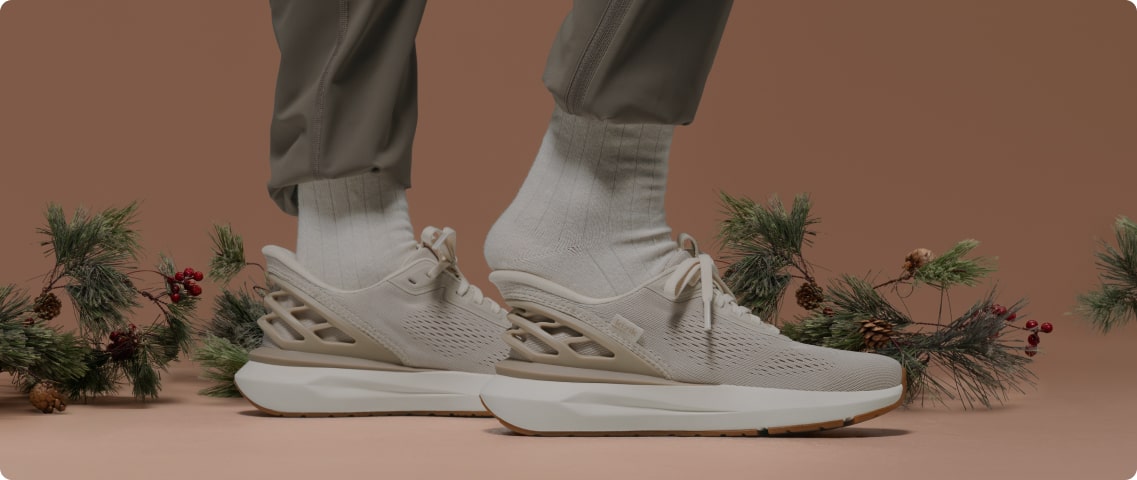
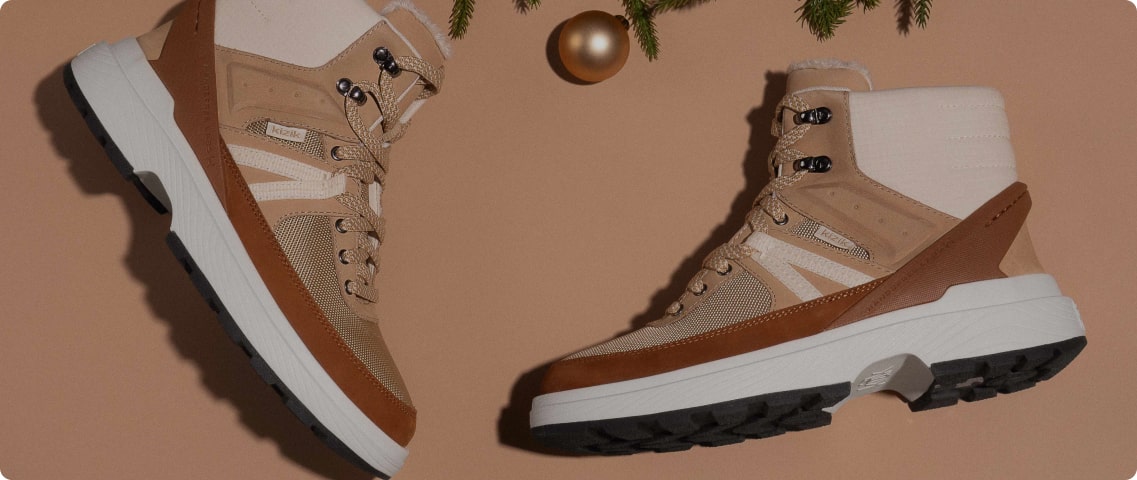
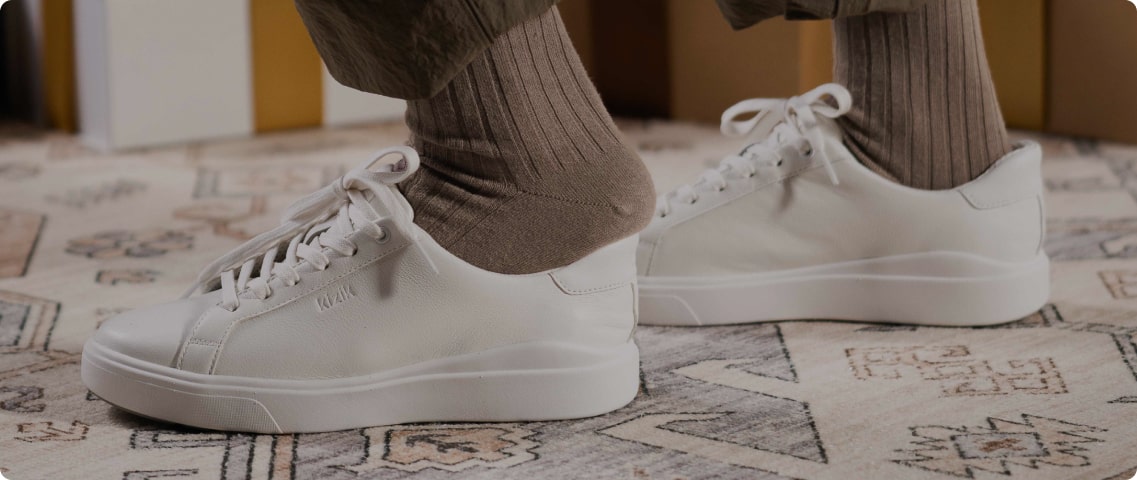
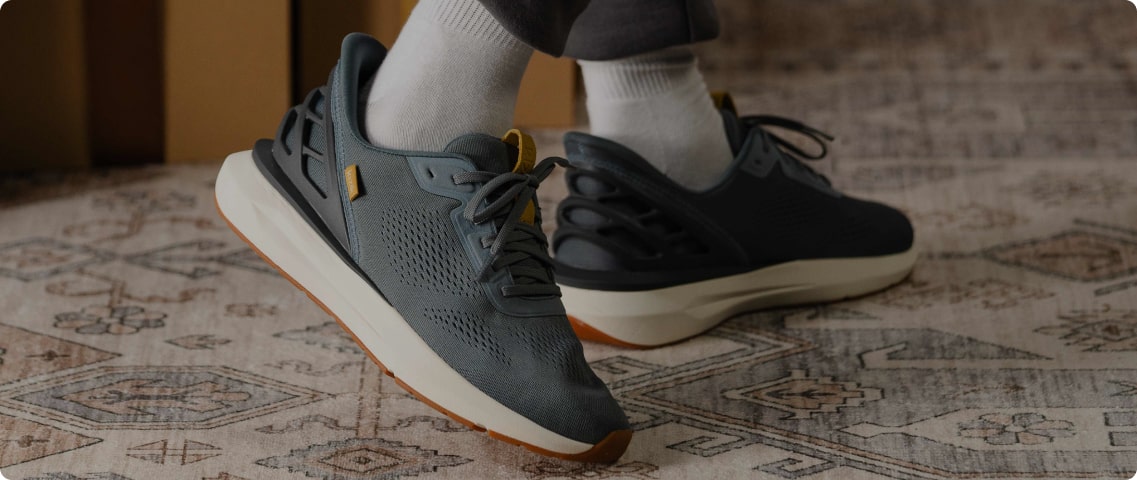
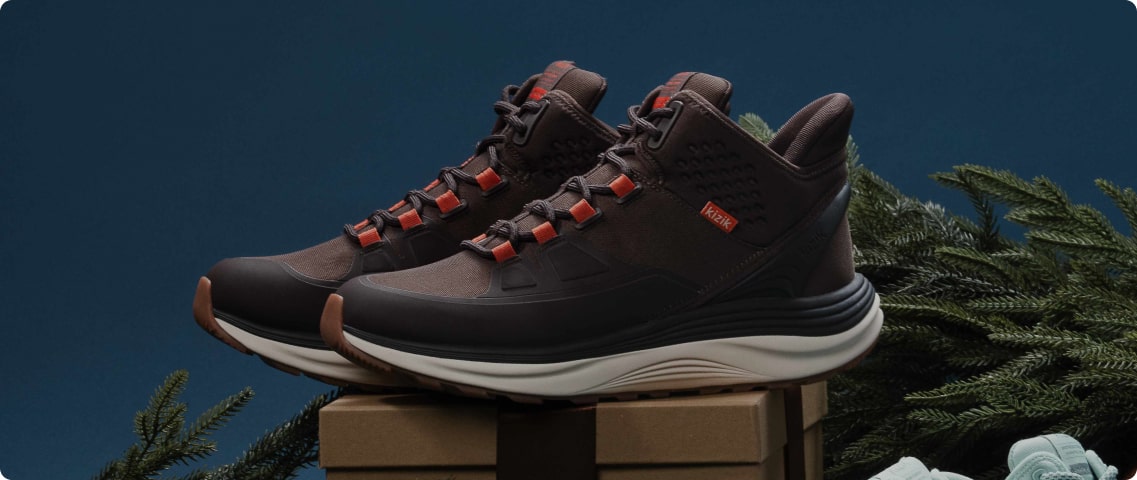
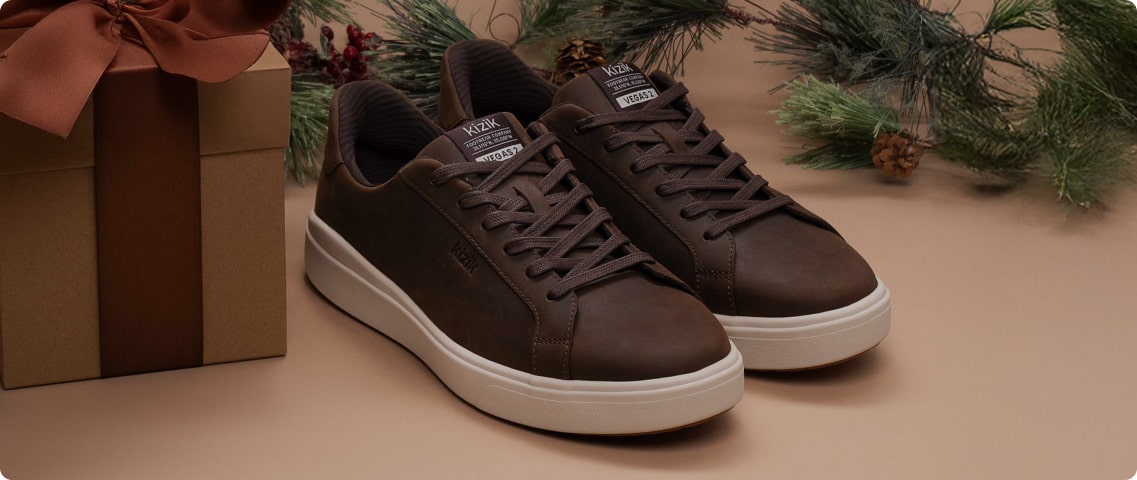
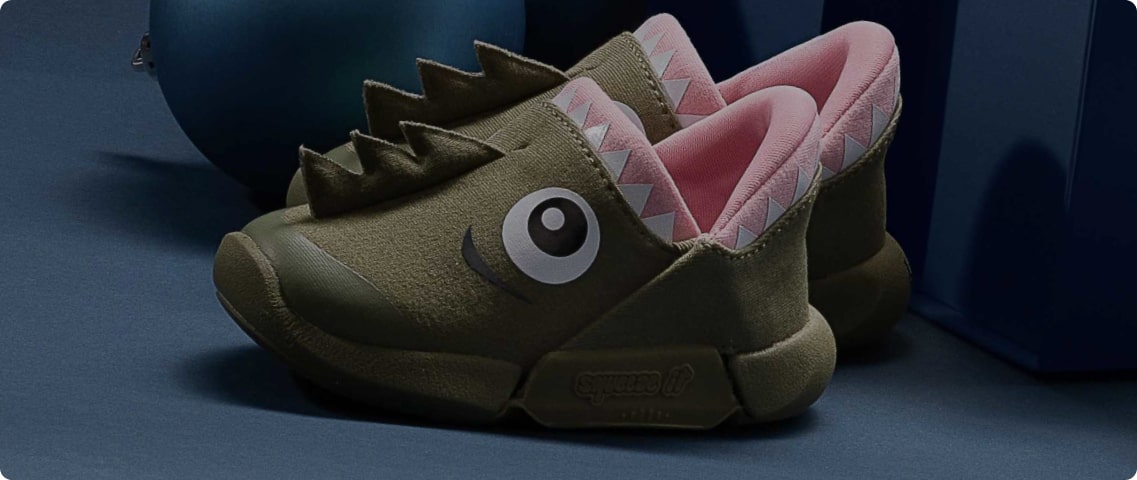
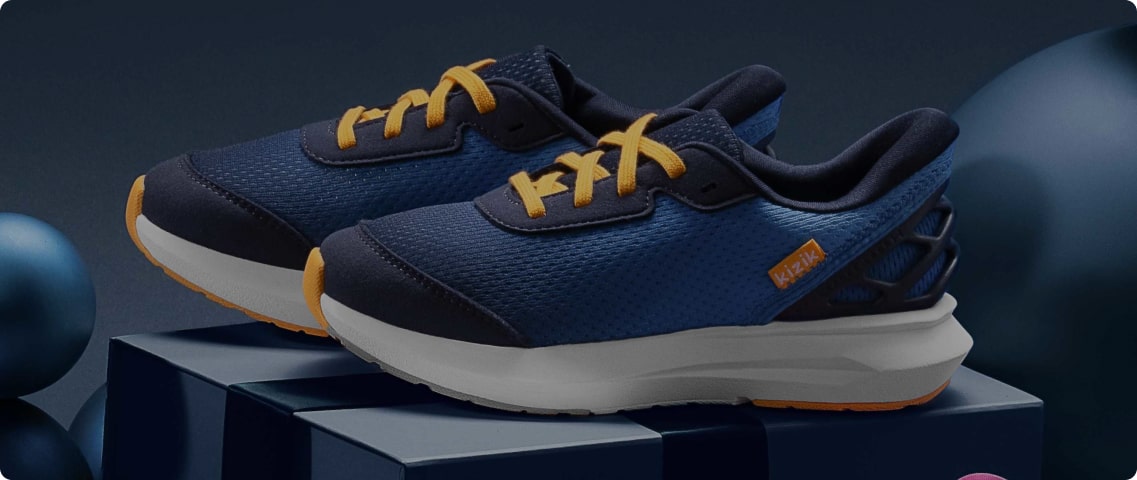
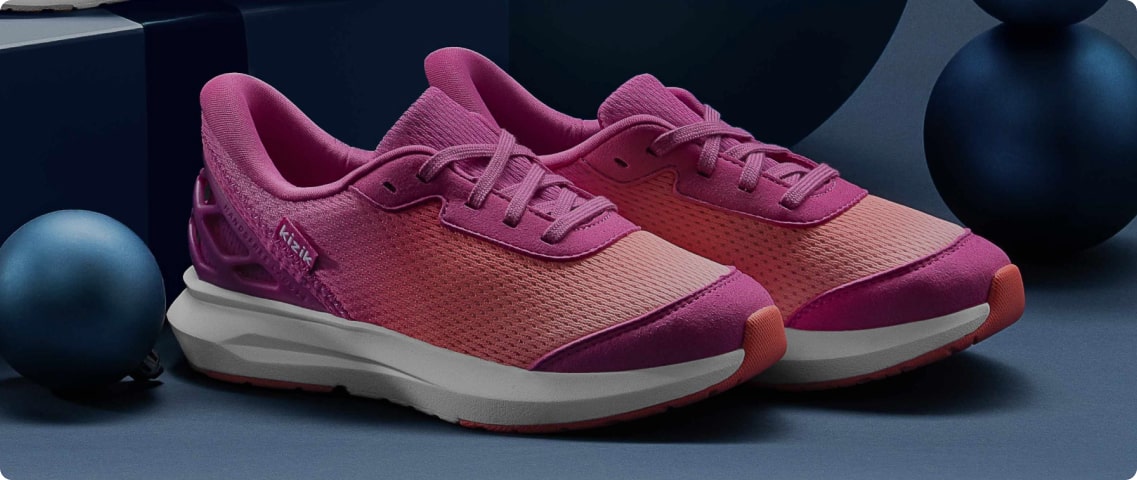




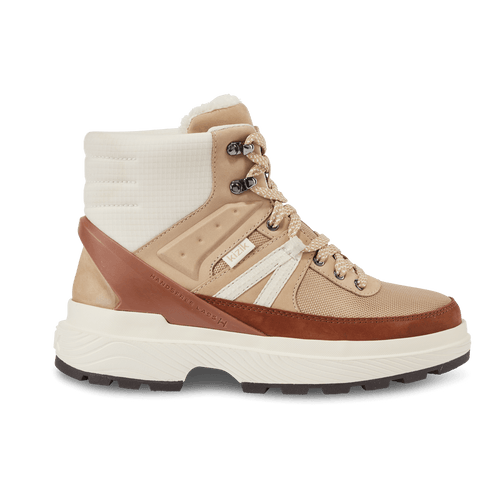
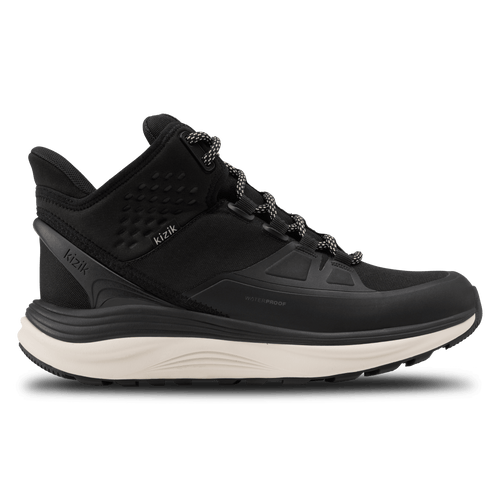





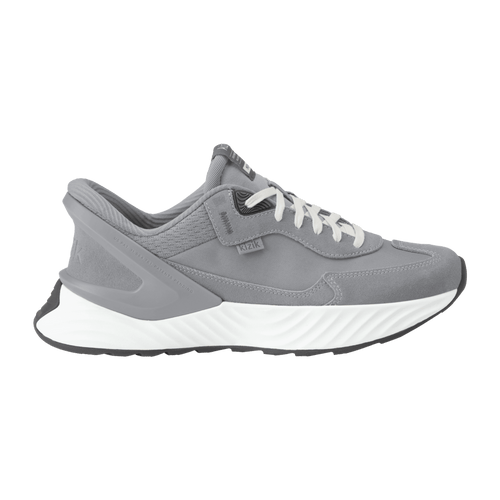


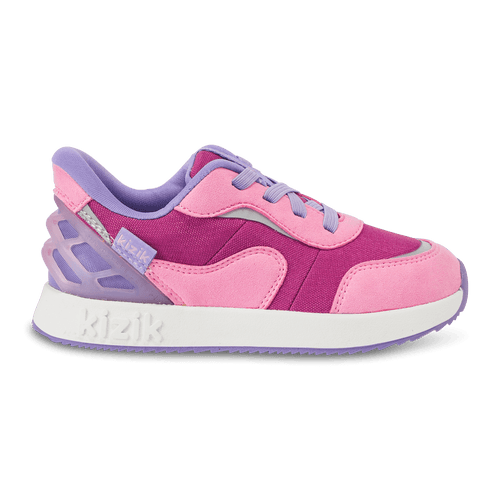


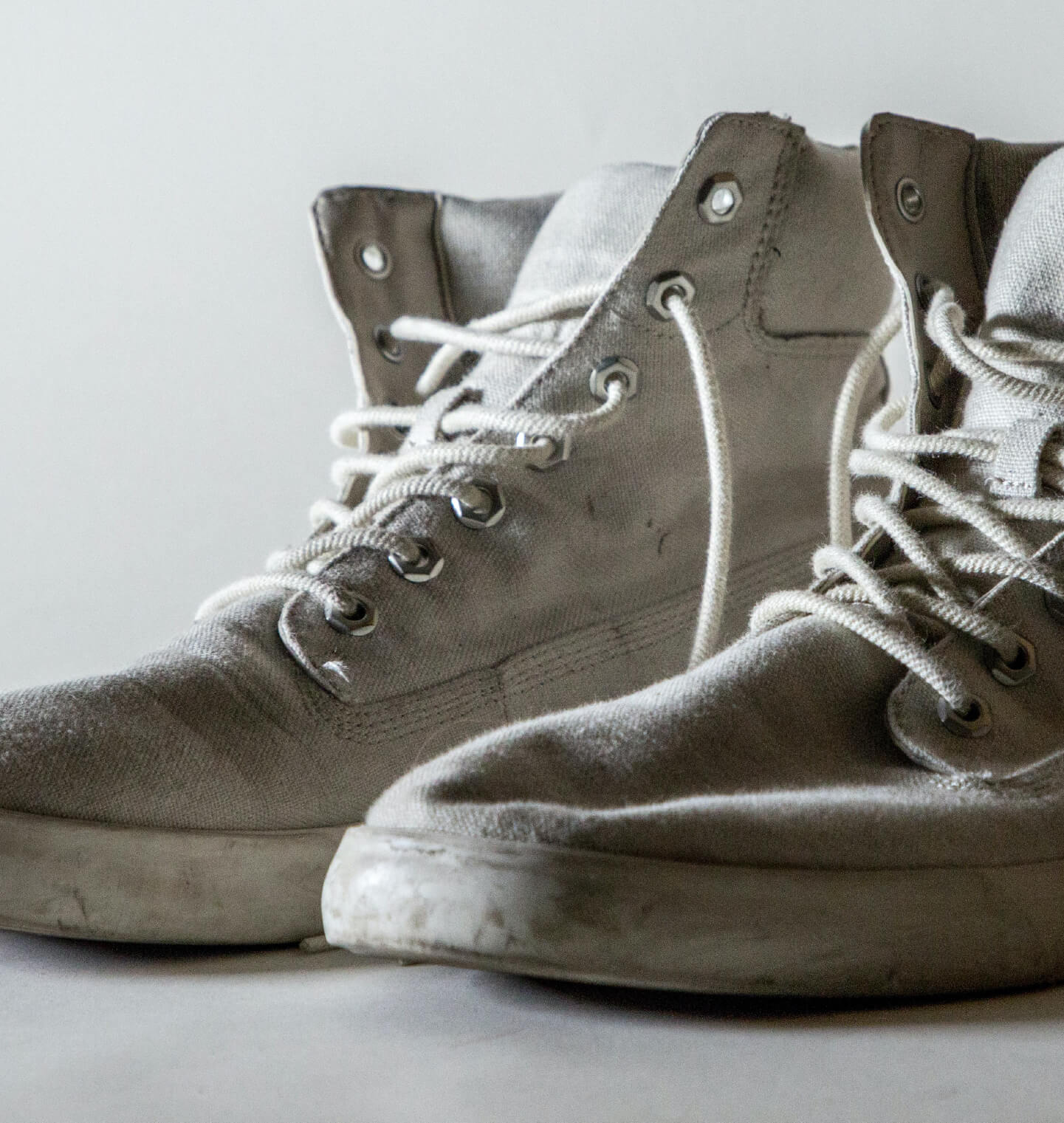
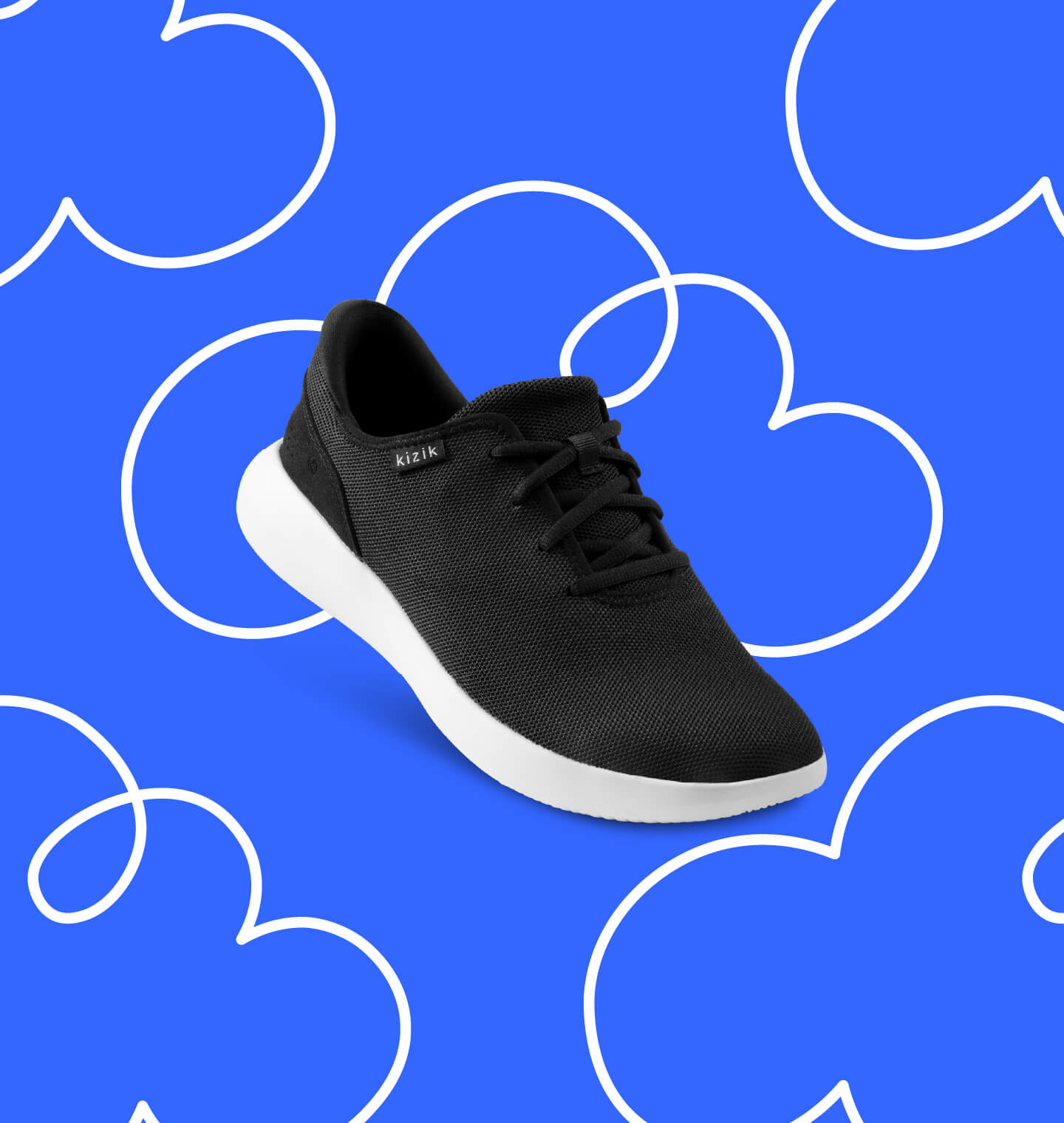
Leave a comment
This site is protected by hCaptcha and the hCaptcha Privacy Policy and Terms of Service apply.